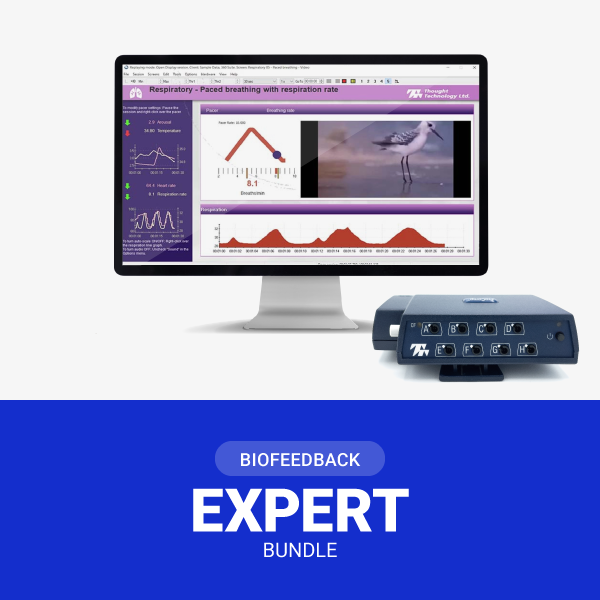Revealing the Link Among qEEG and Slumber Apnea Trends for Improved Diagnosis and Therapy
Revealing the Link Among qEEG and Slumber Apnea Trends for Improved Diagnosis and Therapy
Blog Article
Slumber hypopnea is a prevalent slumber disorder that affects many people throughout the globe. It happens when a individual's breathing is interrupted during slumber, resulting to poor sleep quality and various medical concerns. One of the ways scientists and physicians are endeavoring to better comprehend and identify sleep apnea is through a method called quantified EEG, or qEEG. This method measures the electronic function of the brain and can offer important insights into how sleep apnea affects cerebral activity and general well-being.
qEEG entails placing small electrodes on the head to capture brain waves. These cerebral oscillations are then analyzed to identify patterns that may indicate sleep conditions, including sleep apnea. By examining these trends, healthcare professionals can gain a more precise understanding of how sleep apnea interrupts normal cerebral function during sleep. This information can be crucial for formulating efficient therapeutic plans customized to individual clients. Comprehending the connection between qEEG and sleep apnea can lead to enhanced identification methods and better results for those impacted by this disorder.
Research has shown that individuals with sleep apnea often display specific alterations in their cerebral wave patterns. For example, during episodes of apnea, the brain may exhibit heightened function in specific regions while other areas become more engaged. These alterations can influence how effectively a person slumbers and how rested they feel upon waking. By using qEEG to monitor these cerebral oscillation trends, physicians can recognize particular traits of sleep apnea in clients, which can help in formulating a more accurate diagnosis. This is especially crucial because sleep apnea can occasionally be confused for alternative sleep conditions, resulting to misguided therapies.
In furthermore to improving diagnosis, qEEG can also play a role in evaluating the effectiveness of treatments for sleep apnea. For instance, after a client starts using a continuous positive airway pressure (CPAP) machine, which helps keep the airway open during sleep, qEEG can be used to assess changes in brain activity. If the brain exhibits enhanced trends of slumber after initiating sleep disorder intervention strategies treatment, it may suggest that the treatment is functioning well. This response can assist physicians formulate required modifications to therapeutic plans, guaranteeing that clients obtain the optimal care feasible.
In summary, the relationship between qEEG and sleep apnea trends is an promising area of study that offers potential for improving diagnosis and therapy. By understanding how sleep apnea affects brain function, healthcare providers can formulate more efficient strategies to help patients achieve better sleep and improve their general well-being. As studies progresses to advance, it is probable that qEEG will become an essential tool in the fight against sleep apnea, leading to superior outcomes for those who experience from this difficult disorder.